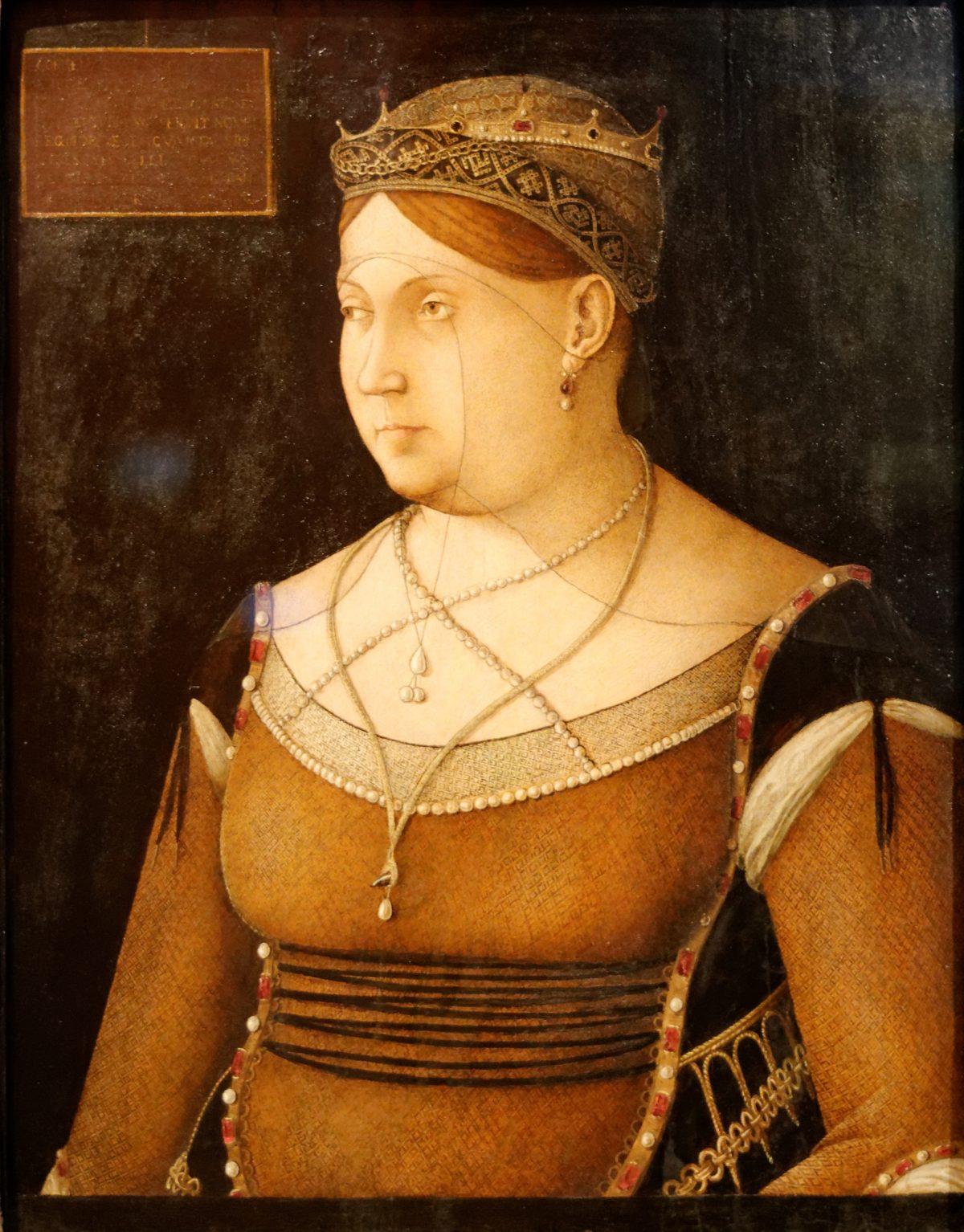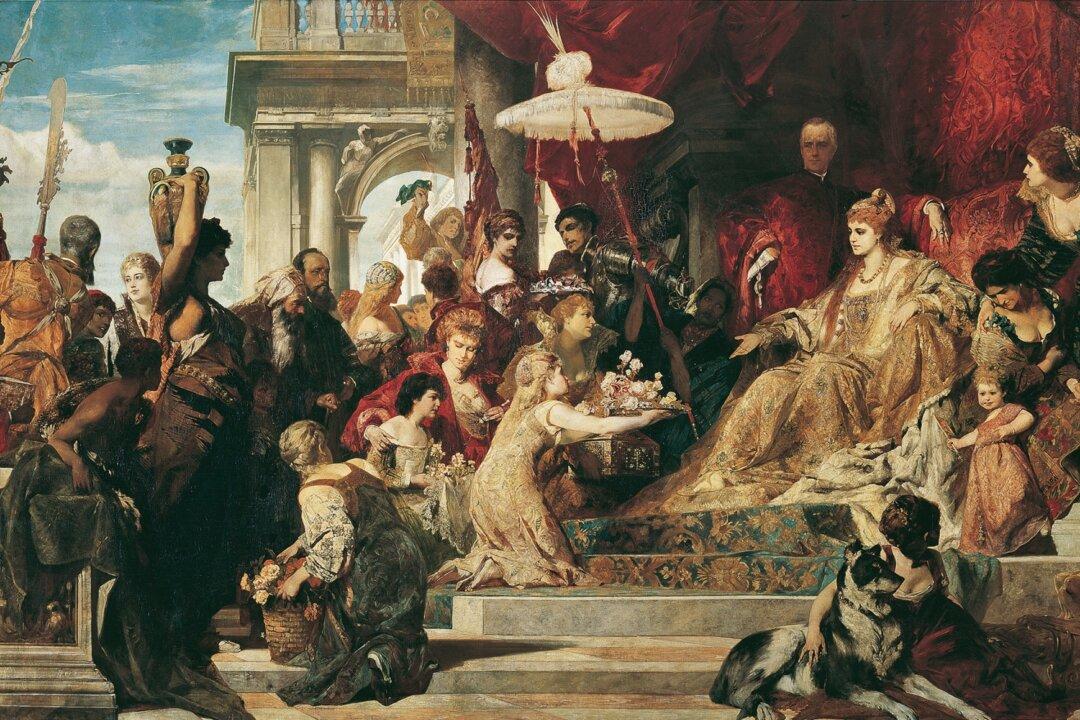The life of Caterina Cornaro could easily be the plot of a novel or TV drama. One of the most significant women of Venice’s golden age, Cornaro (1454–1510) was an important figure in Renaissance politics, diplomacy, and arts. She reigned as the queen of Cyprus for 16 years under immense pressure.

Portrait of Caterina Cornaro by Gentile Bellini, circa 1500. Museum of Fine Arts, Budapest. Public Domain






